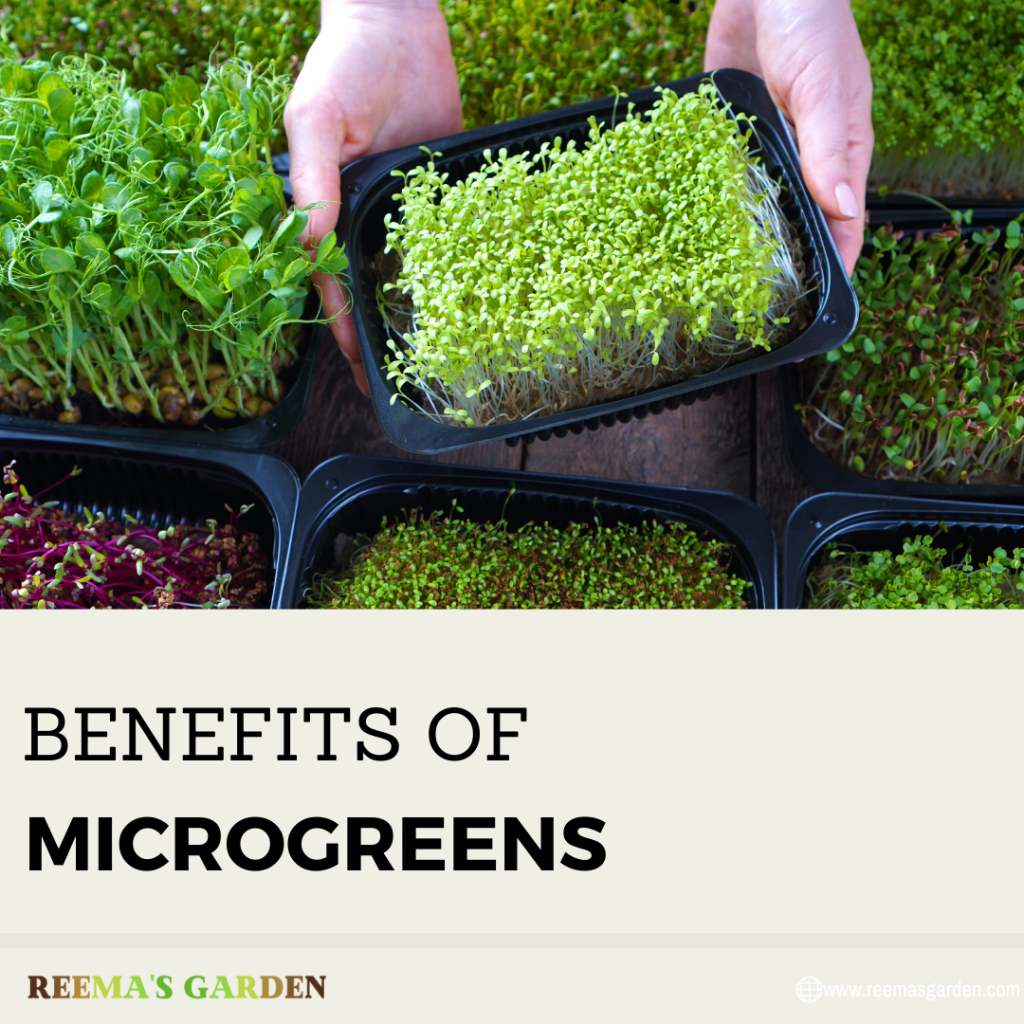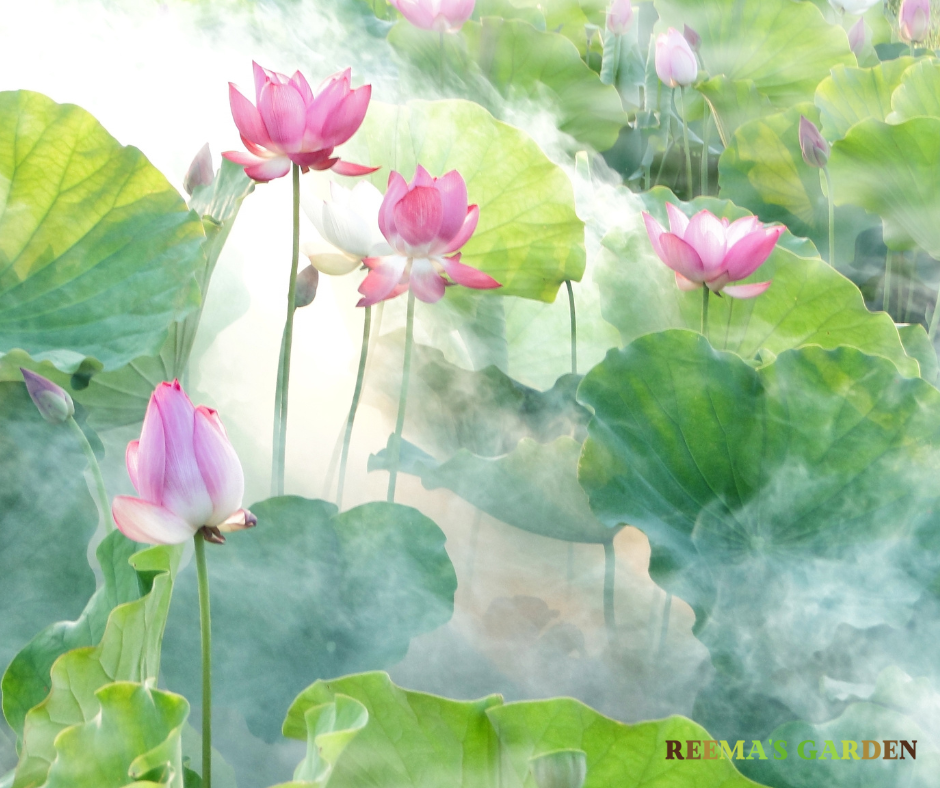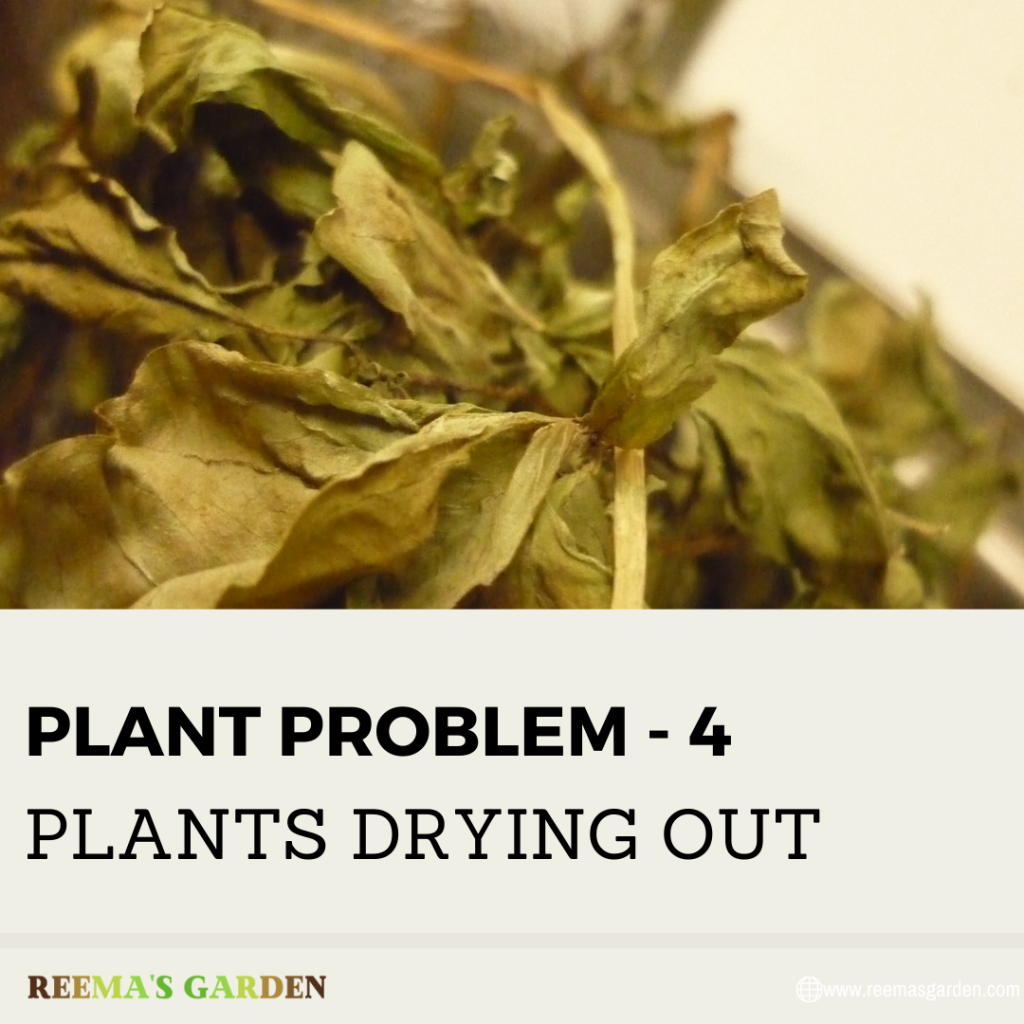I am sure this thought might have crossed your mind several times while fertilizing your plants and unknowingly this could have happened. It’s not your fault. Plants need nutrients to survive and grow and whenever it comes to potted plants they don’t get these nutrients naturally. Soil present on land or in the ground gets replenished with nutrients due to microbial activities, rain water and decomposition of biodegradable compounds as it forms an ecosystem. But this ecosystem is absent in potted plants. So, we need to fertilize them regularly with essential nutrients.
Am I over-fertilizing the plants? Let’s learn about some signs plants are giving us if they are.
Formation of a thin crust or layer on the top soil – If you observe some whitish layer formed on the surface of the soil or some sort of hard crust deposited on the surface, your plant is probably not absorbing the fertilizer due to overdose. This accumulation can attract disease causing microbes and insects and can hamper the normal growth and development of plants.
Why are the leaves on my plant turning yellow?
If you are constantly fertilizing and watering but still, the leaves of your plants are turning yellow, then it is probably due to overfertilization. This could also happen due to lack of proper light, if that is the case then keep your plant in proper light and observe.
Why are my plant shedding young leaves?
If your plants are growing new leaves but they are unable to fully develop or complete their life cycle and fall very early, the reason must be overfertilization only.
Why my plants are lacking beautiful flowers?
So, when the time for a bloom has arrived and still your plants are showing no signs of blossoms, try to turn down the dose of fertilizers a little bit.
The other plants are growing but not this particular plant!
Sometimes you could overfertilize one plant and perfectly fertilize the other ones. This could lead to stunted growth in the plant with excess fertilizers.
Roots are not of the normal colour, why?
Generally, the roots of plants are creamish or off white in colour. Due to overfertilization they can turn brown and lack proper growth. Improper development of roots will hinder the absorption of water and minerals and cause other problems too. The plants will have stunted growth, it will lack nutrients and can even die!
Help!! The leaves of my plant are burning from the edges!
If your plant is getting sufficient water and is away from direct sunlight, still the leaves are burning from the margins and turning brown, then you have to control the dosage of fertilizer for that plant. Due to excess fertilizer, plants are unable to absorb a sufficient amount of water which leads to the browning of leaves from tips and margins.
Always remember, all the above-mentioned symptoms can occur due to a single problem or a combination of different factors which lead to this. Try and observe your plant carefully whenever this happens. Provide them with good care, good light and water and keep an eye on the dosage of fertilizers. Do a little experiment and try to find out if overfertilization is the only cause of all these symptoms and you will surely be able to save your beloved plants.
Be careful as an excess of anything is bad, and an excess of fertilizers is worse for plants!
Written by
Antra Thada
Pro tip by Reema: If you’re absolutely clueless about the quantity of fertilizer, always under-fertilize. Under fertilization has very limited consequences and you can fertilize again whenever you feel the plant has properly absorbed all the nutrients and now needs more.



























